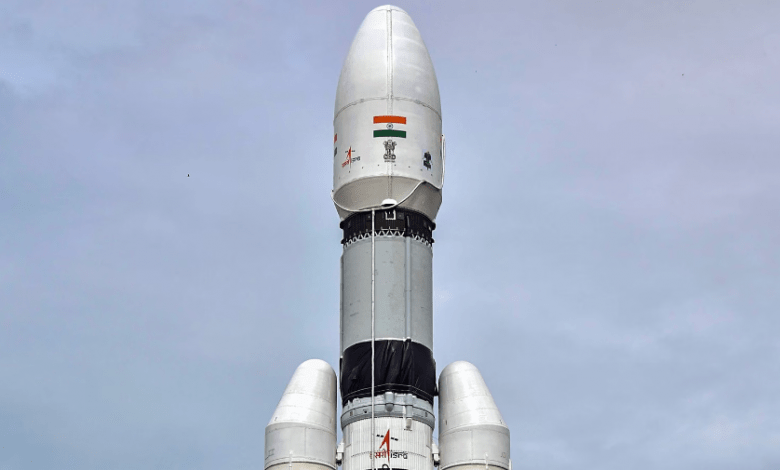ISRO to Land on the Moon – Chandrayaan 3 Launch Countdown Begins!

Chandrayaan 3 is India’s latest attempt to land a spacecraft on the Moon and demonstrate the country’s ability to do so. Want to know Chandrayaan 3 launch date time place? It is scheduled to be launched on Friday at 2:35 pm from the Satish Dhawan Space Centre in Sriharikota using a GSLV MK-3 rocket. The mission is a vast improvement on ISRO’s second Moon venture, Chandrayaan-2, which failed to reach the lunar surface in 2019 with a very narrow margin but couldn’t break down the Indian Scientists at ISRO. And here we are making yet another effort for excellence!
Table of Contents
The Complete Update
ISRO Chairman S Somnath has expressed confidence in the success of the mission. The launch window is from July 13 to July 19, and the space agency is on track to achieve a soft landing on the lunar surface, he said.
The Chandrayaan-3 spacecraft comprises a propulsion module, lander and rover. The lander is equipped with a range of scientific payloads to perform tests on the lunar surface and a propulsion system to send the rover roving about. The rover itself has the capability to carry out in-situ chemical analysis of the surface of the Moon.
Inside the Spacecraft
Among the lander’s payloads are a solar array to gather sunlight and recharge the rover’s batteries, an Alpha Particle X-ray Spectrometer to analyze the composition of the lunar soil and rocks and a Laser Induced Breakdown Spectrometer to test for possible signs of water or other volatiles on the Moon. Other instruments are designed to study the polarity of the Moon’s light and scan for moonquakes.
It will also carry the SHAPE (Spectro-Polarimetry of Habitable Planet Earth) instrument, which will characterize our own home from the Moon to compare it with the spectral signatures of other potentially life-supporting exoplanets. The mission will also deploy a solar-powered laser retroreflector array to help map the lunar surface and gather data on its topography.
Peak Advancement
One of the its key objectives is to develop and demonstrate new technologies needed for interplanetary missions, including a new generation of rockets that can fly higher and faster than current rockets. The Chandrayaan 3 is powered by a new generation of hydrazine-based liquid fuel, which should allow the rocket to fly up to 20 times higher and travel five times faster than previous models.
The lander will also have a camera to take pictures of the Moon’s surface and a thermal camera to measure the temperature of its crust. It will also collect environmental information on the Moon’s magnetic field, including its vertical components and variations, to better understand the structure of the Moon.
Support from Around the World
ISRO will receive support for the mission from ground stations around the world. These include ESA’s ESOC mission control center in Germany and its Kourou facility in French Guiana, which will monitor the Chandrayaan 3 launch status. It will also seek tracking support from Goonhilly, a 32-meter deep space antenna in the UK. All data and telemetry received by Chandrayaan 3 will be forwarded to ESOC from Kourou and Goonhilly before it is sent to ISRO’s headquarters in Bangalore. It will then be made available to scientists on Earth.




